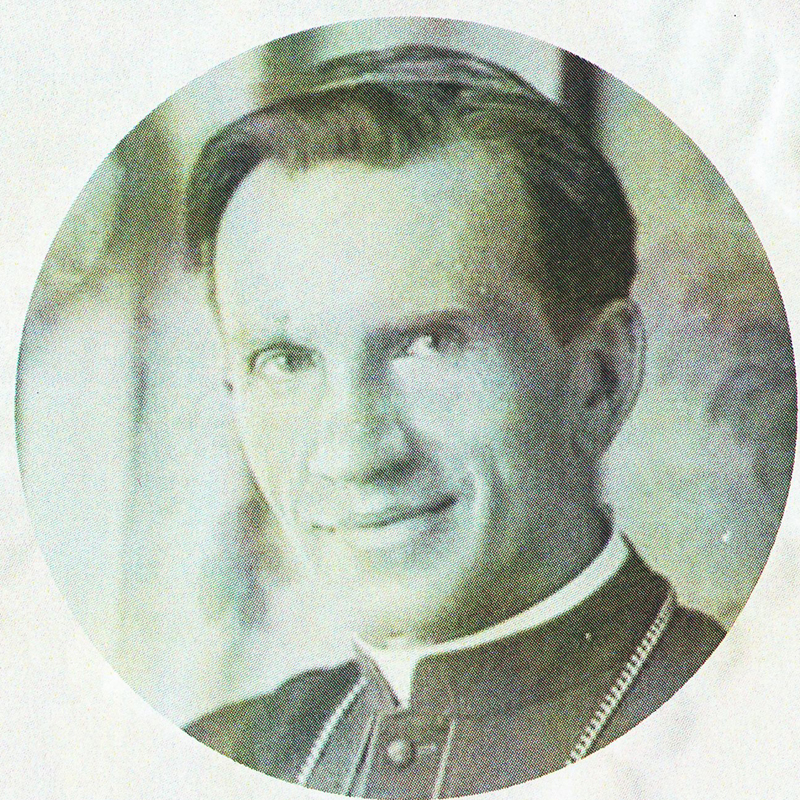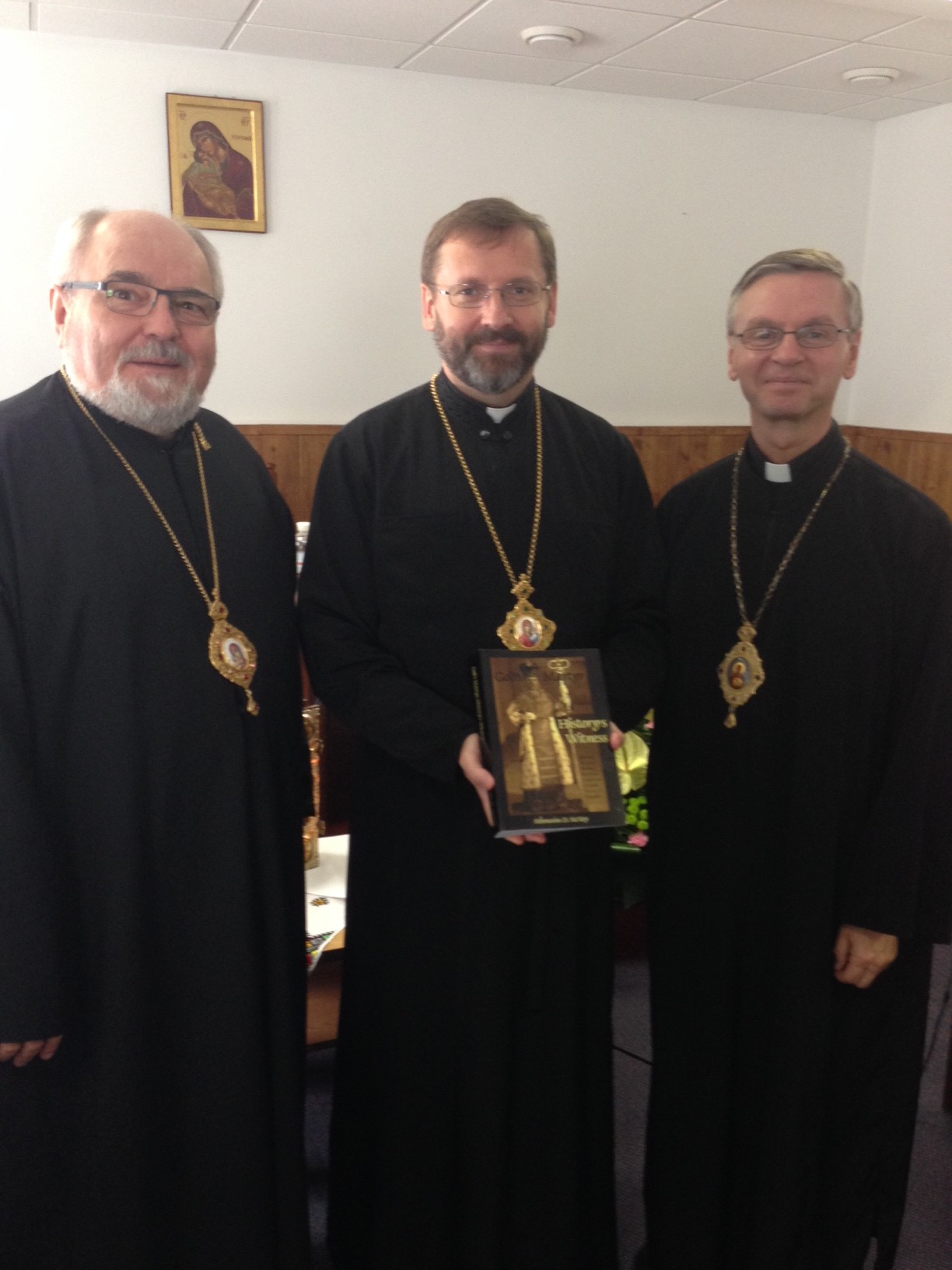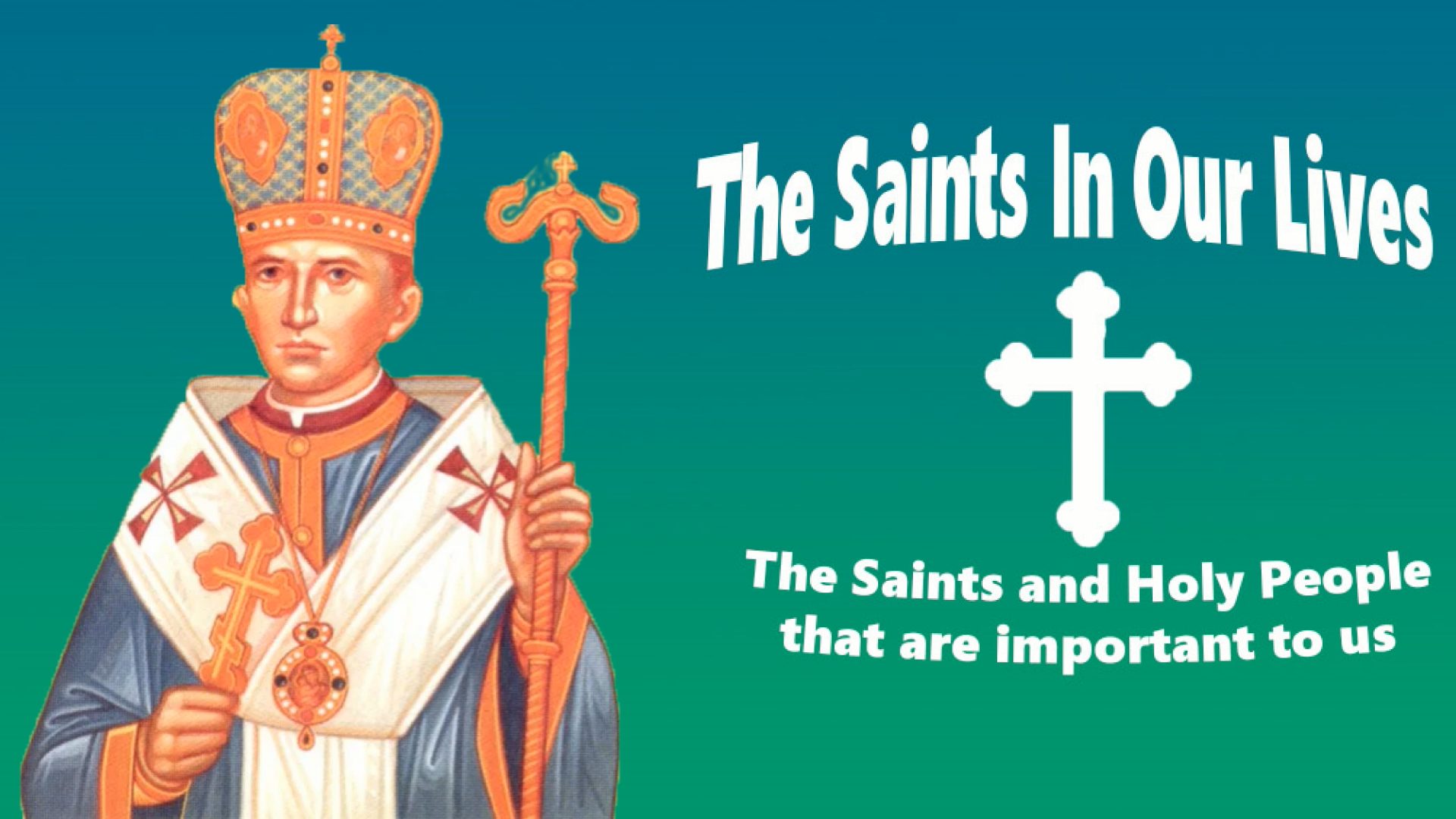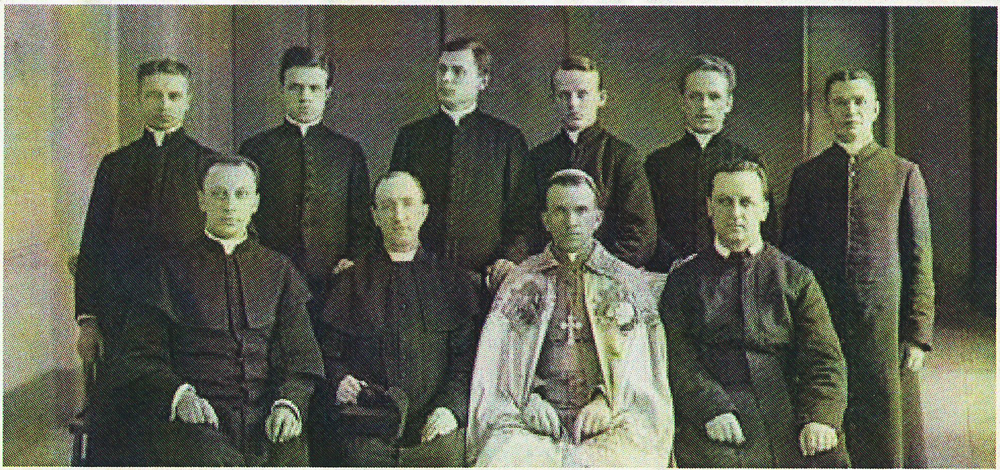The Saints in Our Lives: Blessed Martyr Nykyta Budka 1877-1949
Join Bernadette Mandriusiak and Bishop David Motiuk in this episode of Saints in Our Lives as we talk about the impact Bishop Nykyta Budka has on our lives. In this episode, we discuss:
- How did Bishop Nykyta Budka impact Canada as the first Ukrainian Catholic Bishop?
- What oppression did Bishop Nykyta Budka experience?
- How can Bishop Nykyta Budka inspire us and future generations?
- What does his icon symbolize?
To watch other episodes of the Saints in Our Lives, click here to see the full list!
The History of Bishop Nykyta Budka
Nykyta Budka is an important figure in Ukrainian, Canadian, and Catholic history. His appointment, on 15 July 1912, was the first time the Apostolic See of Rome named an Eastern Catholic bishop with full jurisdiction outside of the old continents of Europe and Asia.
At an early age, he became an educator of the Ukrainian people and supported their political and cultural freedom. He was one among hundreds of thousands of Ukrainian immigrants and he encouraged immigration to Canada throughout his life. His mission was to sustain Canadian Ukrainian Greek-Catholics in their faith.
Budka achieved government recognition of the Ukrainian Catholic Church in Canada as a legal entity. Facing the reality of assimilation, he encouraged his flock to become good Canadians. He also dedicated himself to preserving Ukrainian religious and cultural identity.
Bishop Budka’s story is one of endurance. For 15 years he traveled unceasingly, visiting the Ukrainian settlements scattered across Canada, celebrating the Sacraments, teaching, preaching and comforting the faithful. He invited many Ukrainian priests from Europe and ordained local recruits to serve as missionaries in Canada.
He relied upon religious sisters, brothers, and priests to promote Catholic and bilingual education. He sponsored lay people in higher education so that they would become conscientious and self-sacrificing community leaders.
He was a poor administrator but a fantastic missionary. He did not receive sufficient financial support from his flock and was forced to rely on grants from Roman Catholic organizations. He faced bankruptcy on several occasions.
In a climate of intense proselytism, he battled with many political and religious opponents, who sought to draw his flock away from their Catholic Faith. Overwork, stress, and harsh conditions destroyed his delicate health. After requesting an assistant bishop several times, he was finally asked to resign.
For the next 17 years, he provided moral support and spiritual ministry to Ukrainians under oppressive Polish, Nazi, and Soviet regimes. Together with his fellow Ukrainian Catholic bishops, clergy, religious, and laity, he was arrested, tried, and condemned by Soviet authorities.
He died in a prison camp in far-away Kazakhstan. The Catholic Church now numbers him among the heavenly martyrs and confessors of the Faith. His story can be described as a life of obedience, work, and love of the Lord Jesus Christ and God’s pilgrim people.
Quick Facts of Bishop Nykyta Budka
• Born in Dobromirka, Zbarazh district (Ternopil province, Ukraine)
• Worked as a tutor and teacher 1900. Austrian military service 1901
• Studied theology in Innsbruck, Austria 1902
• Ordained priest by Metropolitan Andrey Sheptytsky 14 October 1905
• Doctor of theology, Vienna 1909
• Ministered to Ukrainian migrant workers in Prussia and Bosnia, summers of 1911 and 1912
• Named Ordinary (Exarch) of Ukrainian Greek-Catholics in Canada 15 July 1912
• Designated Bishop of the titular diocese of Patara of Lycia, August 1912
• Ordained bishop in St. George’s Archcathedral, Lviv, 14 October 1912
• Arrived in Canada 6 December, enthroned at St. Nicholas Church, Winnipeg 22 December 1912
• Secures legal recognition of the UGCC by Parliament, 6 June 1913
• Arrested on false accusations in Hafford, Saskatchewan, 8 July 1918
• Exonerated of accusations of treason against Britain-Canada 26 November 1919
• Became a British subject/Canadian citizen 23 November 1920
• Underwent major surgery at Mayo Clinic, Minnesota, 1 July 1927
• Asked to resign as bishop for Canada 9 November 1928
• Returned to Lviv July 1929 and appointed canon of the Lviv Arch-cathedral
• Appointed vicar-general of the Archeparchy of Lviv August 1930
• Administered and rebuilt the Marian shrine at Zarvanytsia 1930-1939
• Arrested by the Soviet Police 11 April 1945 and moved to a Kyiv prison
• Convicted of treason against the Communist Party and the Soviet State, 3 June 1946
• Imprisoned at Karadzhar prison camp near Karaganda, Kazakhstan, 5 July 1946
• Died 28 September 1949 and buried near the camp 2 October 1949
• Politically rehabilitated by authorities of independent Ukraine 19 September 1991
• Declared blessed martyr by Pope John Paul II 27 June 2001
Listen to Vatican Radio about Blessed Nykyta Budka
Father Athanasius McVay spoke with Vatican Radio about the life of Blessed Nykyta Budka, and about his significance today. Father Athanasius McVay is the author of the book God’s Martyr, History’s Witness: Blessed Nykyta Budka the First Ukrainian Greek-Catholic Bishop of Canada.
Photo includes His Beatitude Sviatoslav (Shevchuk), Head of the Ukrainian Greek Catholic Church, who was presented with a copy of God’s Martyr, History’s Witness: Blessed Nykyta Budka the First Ukrainian Greek-Catholic Bishop of Canada by Bishop David and Metropolitan Lawrence.

Student Booklet on Bishop Budka
“Our First Bishop” – The Story of Blessed Bishop and Martyr Nykyta Budka – First Bishop for Ukrainian Catholics in Canada’ is a learning guide for young students. It introduces readers to the world of Ukrainian Catholic leaders at a time when Canada was itself taking shape as a nation. Students will gain a broader understanding of how the story of ‘Our First Bishop’ fits into the broader scheme of history, while making connections to modern times.
The reader will discover who Nykyta Budka was as a young boy, how he came to be a bishop, what he did in Canada and ultimately, how he came to be called Blessed. The storyline itself is complemented with historical photographs and artifacts. A variety of teaching graphics will help link many historical themes to children’s lives today. In addition, a ‘Words to Know’ feature will help understand specific vocabulary pertinent to the story. Catechists will appreciate the ‘What is a Holy Relic?’ and ‘Steps to Sainthood’ features.

The guide was designed to be used as an entire teaching unit, or in parts as independent mini-lessons. Although suited best to grades 5 to 8, there are many components of the guide that can be utilized independently to suit younger grades.
For Catholic schools, there are numerous opportunities to link some of the activities such as, ‘Look at the Photograph’, with the school curriculum. In addition, there are a variety of activities (maze, word search, crossword puzzle etc.) to engage the student and to bring some fun into learning.
The booklet is available to download and print from the following links (choose black & white or full-color version):
Created by the Religious Education Department of the Ukrainian Catholic Eparchy of Edmonton.
Permission granted to reproduce for personal or educational purposes only. 2021


